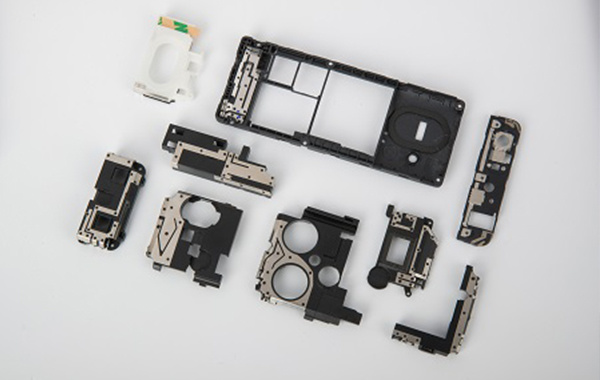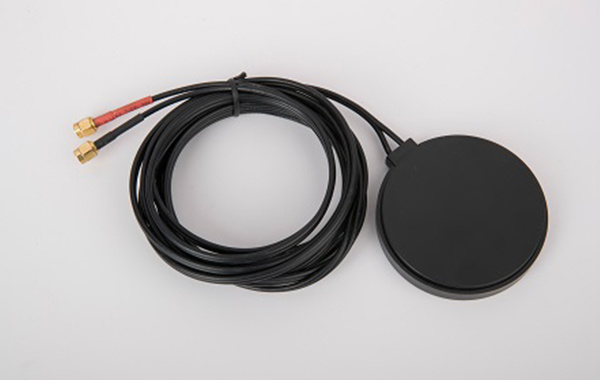Haitong Communications | The Evolution of Mobile Phone Antennas
Published Time:
2024-04-29 08:24
Source:
The mobile phone antenna is an important component of mobile phone communication. The earliest mobile phone antennas can be traced back to the early 1980s, and their development has gone through several stages.
The mobile phone antenna is an important component of mobile phone communication, The earliest mobile phone antennas can be traced back to 20 century 80 early years, Its development has gone through several stages.
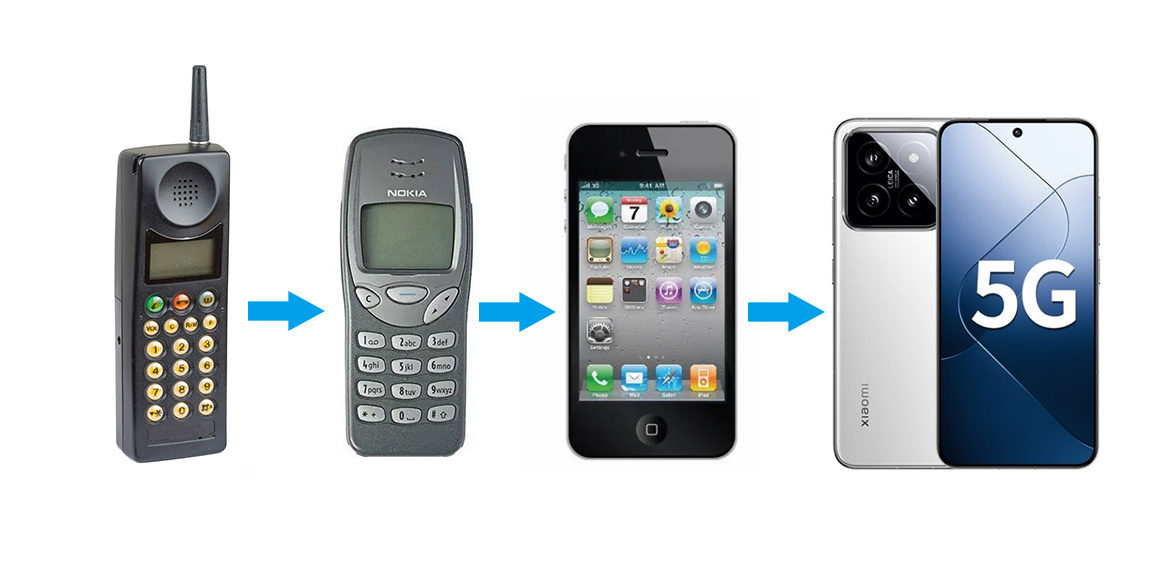
1、 Early antenna design
Early mobile phone antenna designs typically used external antennas or retractable antennas. An external antenna refers to an antenna designed as a rod-shaped antenna, usually with a plastic shell on the outside and a metal rod or a spiral copper wire inside. A retractable antenna, on the other hand, is designed to be retractable, and users need to extend it when they need to use it to enhance signal reception, also known as a pull-rod antenna in the industry.
These antenna designs were bulky, inconvenient to carry, and easily damaged, but they played a key role in early mobile communications.
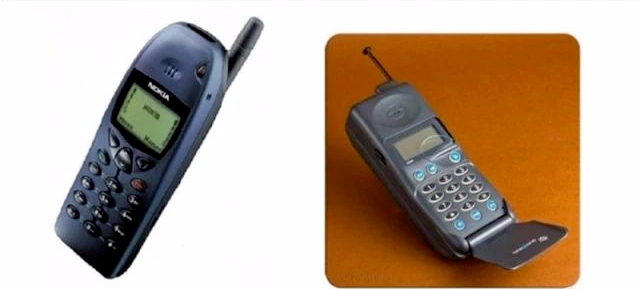
2. Built-in antenna
External antennas have always had unavoidable physical defects, such as large overall size, easy breakage when dropped, and unattractive appearance. Therefore, mobile phone manufacturers began to try to integrate the antenna inside the phone. Among them, Hagenuk Company designed the first mobile phone with a built-in antenna, but this model only supported GSM900 band.
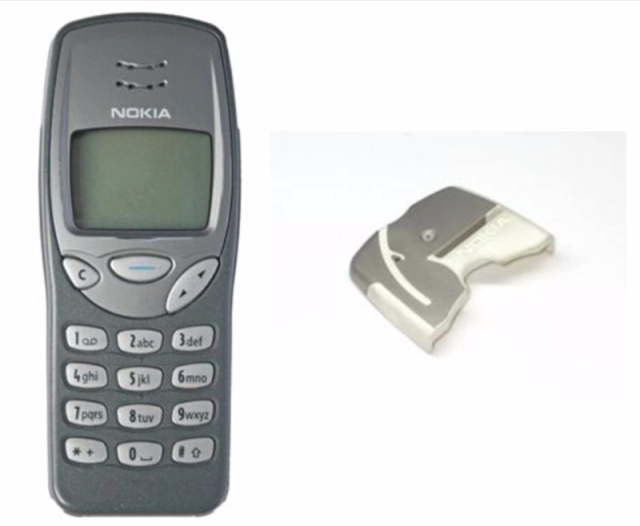
Later, Nokia integrated a small, wideband planar inverted-F F antenna into the Nokia 3210 ,which truly made built-in antennas popular in the market, and Nokia became the first mainstream mobile phone company to successfully sell mobile phones with built-in antennas. Following this, Nokia launched a 3G phone that supported global roaming. The network environment at that time was relatively simple, and the antenna design didn't need to be too complex; a dual-band antenna was usually sufficient to meet the communication requirements of the phone.

Early smartphones mostly used FPC (flexible printed circuit) antennas. Later, with the development of the industry, mobile phones increasingly pursued thinner and lighter bodies and a softer, more comfortable feel, which posed a great challenge to the structural design of mobile phone antennas. Because FPC antennas could not adapt to more complex structural features, LDS antennas, which could perfectly fit the structure of mobile phones, were widely used. Compared with FPC antennas, LDS antennas have fewer restrictions on structural design, a high degree of automation in the production process, high precision, and a cost advantage under certain conditions.
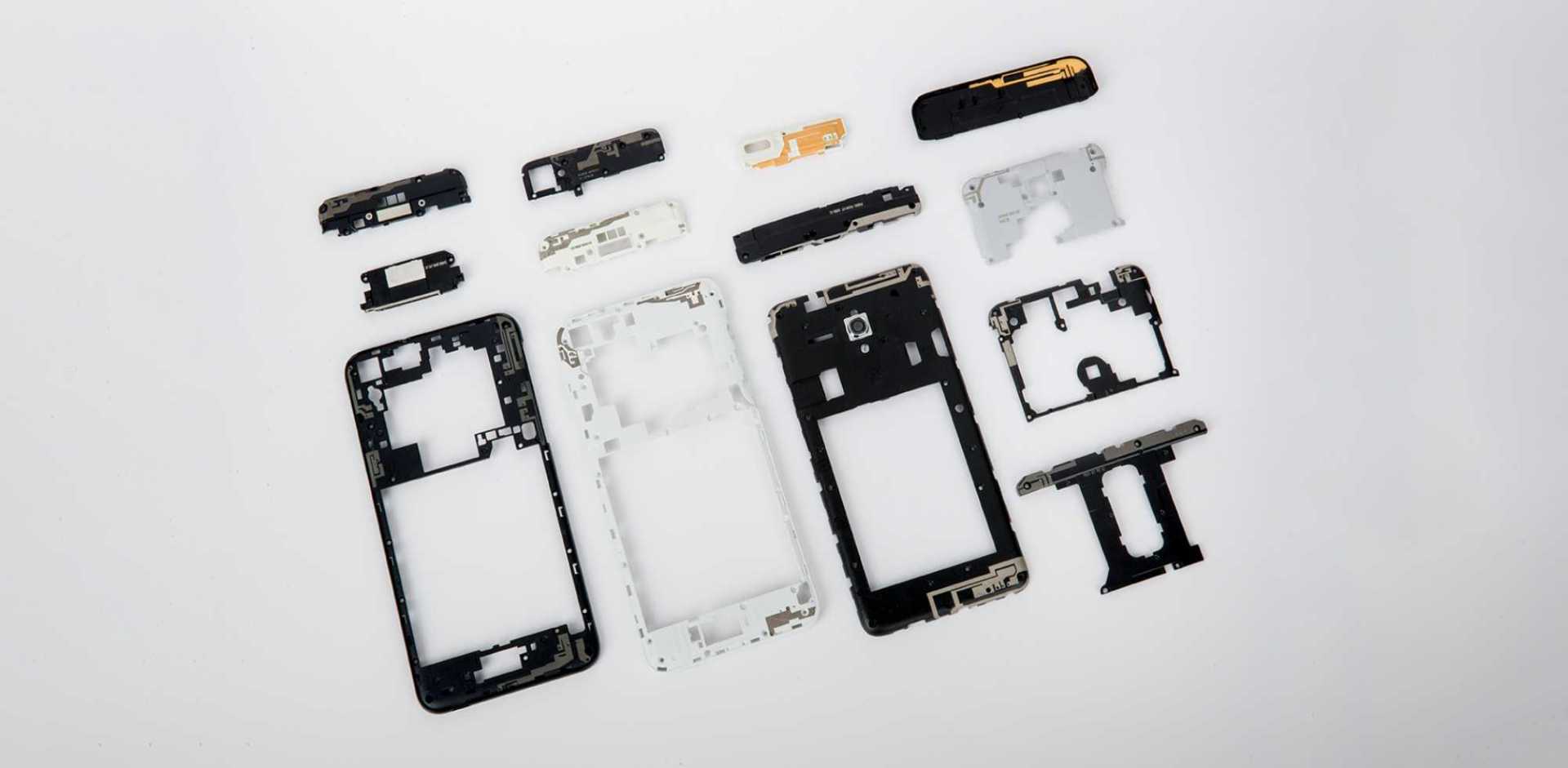
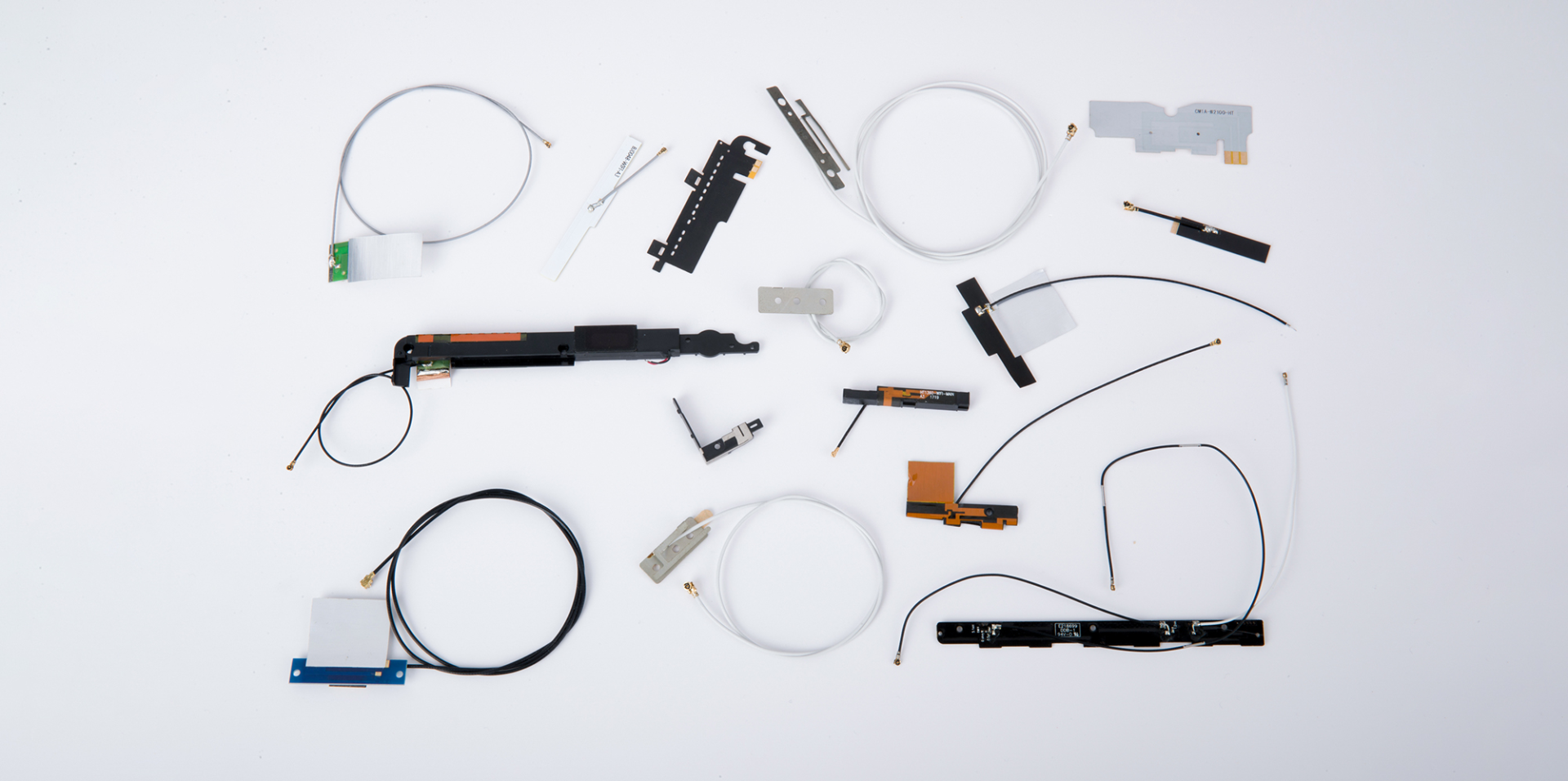

3. 5G and MIMO technology
MIMO ( Multiple Input Multiple Output ) technology is a technology that uses multiple transmitters and multiple receivers to simultaneously transmit and receive multiple data streams on a single wireless channel. It can be used to increase the bandwidth of mobile devices, increase data throughput, and improve signal stability.

MIMO technology
MIMO The order of magnitude represents the number of independent information streams that can be sent or received, which is directly equivalent to the number of antennas involved; the higher the order, the higher the data rate supported by the link.
Modern mobile phones usually support MIMO technology, and their antenna designs have also been optimized for MIMO ,the most obvious feature is the significant increase in the number of antennas.
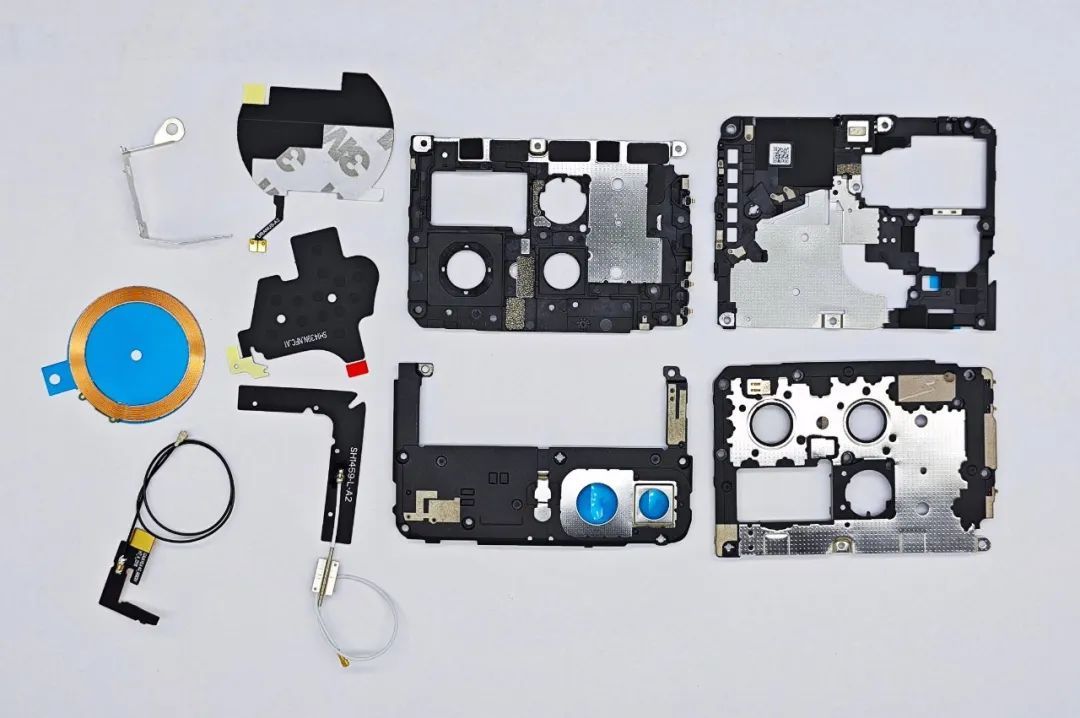
5G technology, as a new generation of mobile communication technology, is leading humanity into a new communication world with its significant advantages of extremely high transmission rates, low latency, and high reliability. Mobile terminal antennas have also undergone a series of changes. For example, in order to achieve carrier aggregation ,some functions that were originally implemented by one antenna must now be split into 2-3 antennas.

The development of mobile phone antennas has undergone an evolution from external to internal, from single-band to multi-band, and from simple to complex, thanks to the efforts of antenna accessory manufacturers like Haitong. Haitong Communication has five major product R&D centers in Shanghai, Shenzhen, Beijing, Xi'an, and Chongqing. It has established a R&D team of over 100 excellent personnel, with doctors, masters, and antenna experts as the core, and its design and R&D level is industry-leading. It has two major manufacturing bases in Wenzhou and Huizhou ,and has 20 multiple production lines specializing in the production of communication antennas.

As a professional solution provider and manufacturer of communication electronic product accessories, Haitong Communication continues to promote the advancement of mobile communication technology and the development of smartphones, making communication between people more efficient and faster.
Related News
Haitong Communications | What is 5G-A?
At the recently concluded 2024 Mobile World Congress, a new technology took center stage: 5G-A. What exactly is this technology, and how will its emergence change our lives? Let's delve into the mysteries of 5G-A.
Haitong Communications | So many antennas are running on a 5G phone
Mobile phone design is a holistic endeavor. To achieve faster and smoother communication performance, the overall design will undergo significant changes, starting with the antenna.
Haitong Communication | Excellent Connector Project Express Delivery
Introduction to Haitong Communication Connectors: Haitong Communication can independently design and manufacture high-quality RJ connector products that meet FCC-part68, IEEE802.3, and ANSIX3.263 standards. Haitong currently has integrated RJ products with filtering functions and RJ products without filtering functions. Haitong's RJ products support network applications of different speeds, the most common of which are: 10/100base-T, 1000base-T, 2.5G/5Gbase-T, 10Gbase-T. Some types of RJ products can simultaneously have
Haitong Communications | The Evolution of Mobile Phone Antennas
The mobile phone antenna is an important component of mobile phone communication. The earliest mobile phone antennas can be traced back to the early 1980s, and their development has gone through several stages.
Haitong Communication | Excellent FPC Antenna Project Express Delivery
FPC Antenna: 1. FPC generally refers to a flexible printed circuit board, which is made of polyimide or polyester film as a substrate and has high reliability and excellent flexibility. It is lightweight, thin, flexible, foldable, high-performance, and low-cost. Compared to other PCB antennas, ceramic antennas, and LDS antennas, FPC antennas offer higher cost-effectiveness.
Zhejiang Haitong Communications | Women's Day Charm on March 8th
Haitong Goddess Festival Activities
Haitong Communication's In-Vehicle IoT Solution for T-BOX Systems
Haitong Communication has launched a constantly improving and reliable in-vehicle T-BOX accessory solution in the fields of antennas, metal parts, communication interconnection interfaces, and plastic shells.
©2024 Zhejiang Haitong Communication Electronics Co., Ltd. www.300.cn SEO









